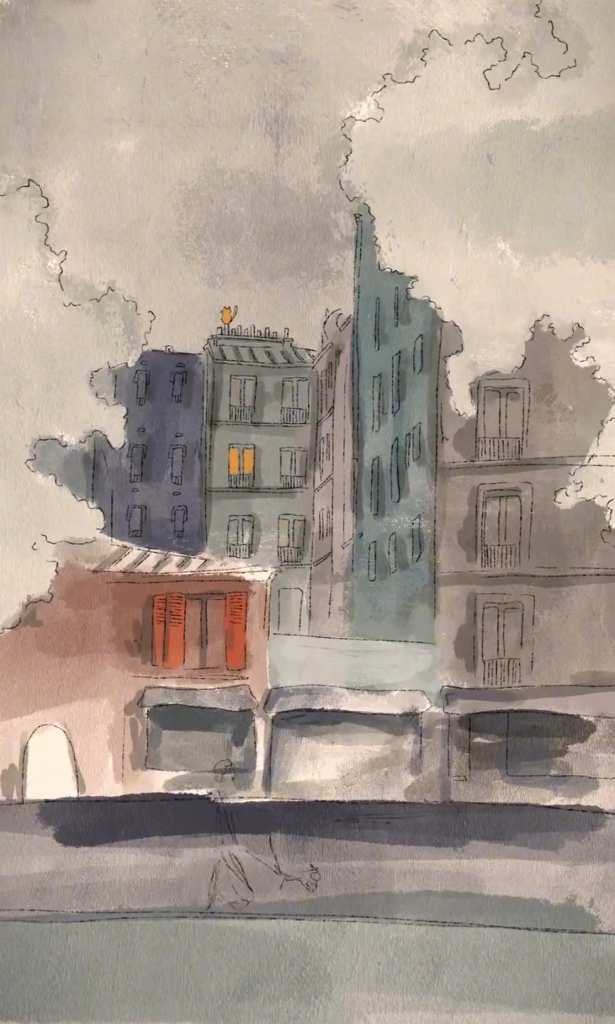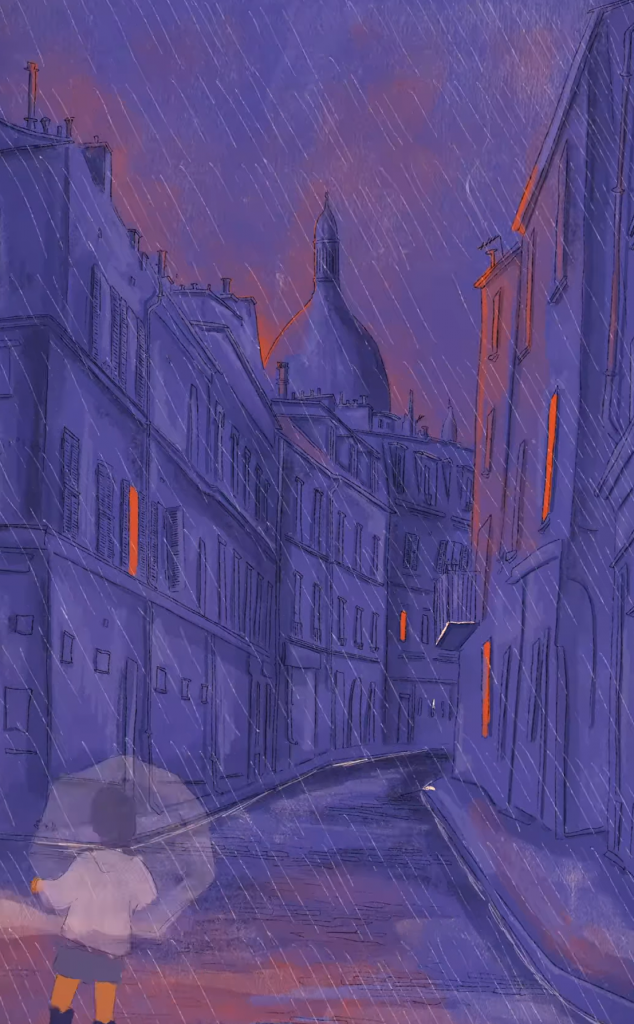I was initially exploring concepts like hyperreality, as I knew I wanted my outcome to be some form of film in which technology plays a central role. I became interested in the idea of scraping live data and visualising it in front of a hypothetical camera in real time—perhaps predicting a future where all information is presented to us in an overwhelming, high-tech, VR-like interface. I mainly took the following as my inspiration:
Reimagining our current reality in this way might give viewers a sense of disorientation, but also familiarity, provoking reflection on the constant, often subconscious saturation of media in our daily lives. However, I quickly realised that the amount of live data I’d have to scrape would be massive, and the video would have to be much longer than I could produce, with maybe even real-life filming involved.
Final Idea
I chose this idea to pursue a project on due to a series of personal experiences that have deeply shaped my relationship with media. During my early secondary school years, I performed well academically and maintained a strong focus on my studies. However, around the age of 14, I developed a deep fascination with film and popular culture. This growing obsession gradually affected my ability to concentrate, perhaps due to neurological factors that rendered me more susceptible than my peers — or perhaps as a reflection of broader generational patterns.
The rise of short-form content, particularly with the global spread of TikTok in 2019–2020, marked a significant turning point in my media consumption. Like millions of others, I became immersed in rapid, high-volume media cycles. Over time, I began to observe clear cognitive and emotional changes: a diminishing attention span, weakened capacity for sustained logical thinking, and the emergence of social anxieties and insecurities.
What is most striking in retrospect is how little of the content I actually remember. Despite the countless videos, songs, advertisements, and shows that filled my daily life, none of them have left a lasting impression. Instead, what remains is the residual impact — the subtle but profound alteration of my mental state and personality. A particularly persistent outcome of this media saturation is a growing sense of indifference. News is increasingly sensationalised, yet it rarely elicits genuine emotional engagement. Media still captures my attention momentarily, but the lasting effect is one of numbness. I move rapidly from one piece of content to the next, with little reflection or retention.
This project, therefore, aims to explore how the information surrounding us changes in real time, with a velocity and volume that renders it increasingly ephemeral. While our days may appear structurally identical, the media we consume within them is in constant flux. As individuals, we become almost transparent — passive containers for this ever-changing stream of content. We may feel indifferent: we enjoy a film but rarely recall it; we encounter advertisements that never register it consciously. Yet despite this seeming detachment, the impact persists, subtly shaping us beneath the surface. This idea is embodied in the film’s main character — a completely transparent figure who moves through the repetitive cycles of everyday life, absorbing and reflecting the media around them without permanence or clarity.
Art Style
To guide the style, pacing, and character animation of the project, I created an image board that would serve as a source of inspiration. For the art style, I turned to the work of @levetatete (Vickie Hietin) on Instagram. I was captivated by her soothing visuals, which seem to exist apart from the media-driven, digital world. The idea of blending this aesthetic with the haunting visuals to explore the negative impact of media on our lives, and incorporating live data, felt like the best approach in regards to the feelings I want it to evoke due to the unsettling juxtaposition.



In the leftmost image, I took inspiration from the character, which is comprised of mere outlines and is transparent, while the surroundings are coloured. This was used to portray human desensitisation, disengagement and indifference when faced with a media-saturated world. The movement and animation of the character are also rough and choppy, making them seem different in every frame. This was implemented to make the character neutral, someone anyone could see themselves in. The second image, I took inspiration for the cinema scene – the shot type, the rain and the way the buildings are positioned. This was changed to reflect the architecture of buildings in Piccadilly Circus in London, and a cinema theatre added. The final image, inspiration was taken for the bedroom scenes – seeing the building outside, and the bed being where the table is.